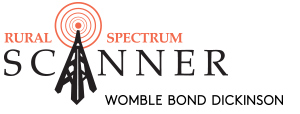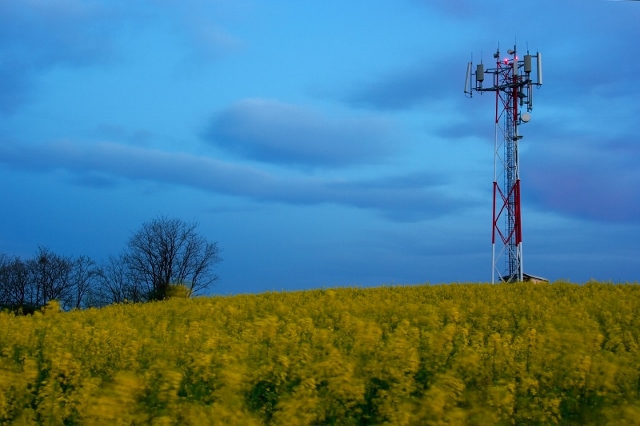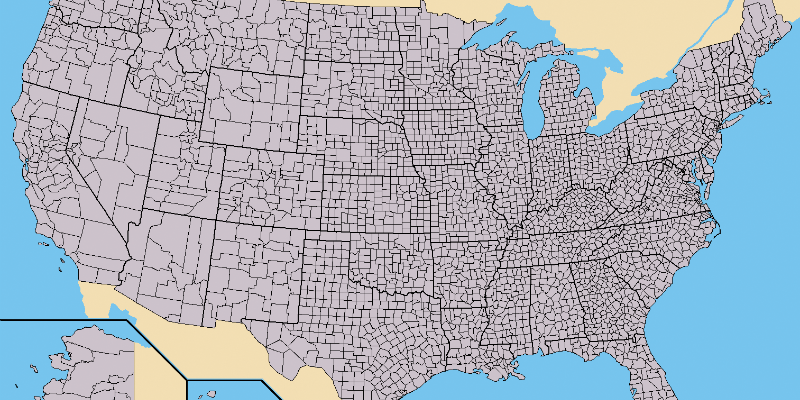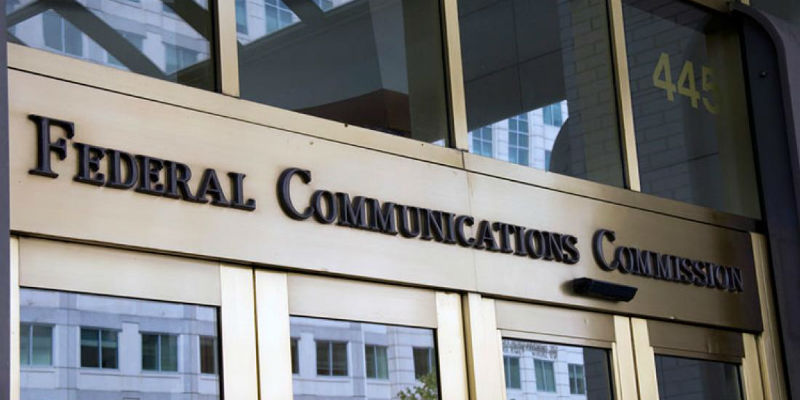Under the FAA Extension, Safety and Security Act of 2016, which became law on July 15, 2016, Congress directed the FAA to adopt rules within one year requiring the marking and lighting of towers between 50 and 200 feet which are located in rural, undeveloped areas. The FAA’s rules have long held that in general, towers less than 200 feet do not require marking or lighting unless they are within the flight path of an airport. The new law requires the FAA to adopt rules that apply not just to new towers but also to existing towers after a one year phase in period from the effective date of the new rules. The Act defines towers that are covered as self-standing or guy wire-supported structures: (1) 10 feet or less in diameter at the above-ground base (excluding concrete footing); (2) more than 50 and less than 200 feet tall; and (3) with accessory facilities mounted with antennas, sensors, cameras, meteorological instruments, or other equipment. Covered towers are those located: (1) outside the boundaries of an incorporated city or town; (2) on undeveloped land; or (3) on land used for agricultural purposes. The Act defines undeveloped land as a defined geographic area where the FAA determines low-flying aircraft are operated on a routine basis, such as low-lying forested areas with predominant tree cover under 200 feet and pasture and range land. Exceptions to the covered tower definition include: (1) structures adjacent to a house, barn, electric utility station, or other building; (2) structures within the developed area of a farm immediately surrounding a house or other dwelling such as a yard; (3) structures that support electric utility transmission or distribution lines; (4) structures that are wind-powered electrical generators with rotor blade radius exceeding 6 feet; or (5) street lights erected or maintained by government entities. The new law stems from rural flying groups who have experienced accidents, including those involved in crop dusting.








